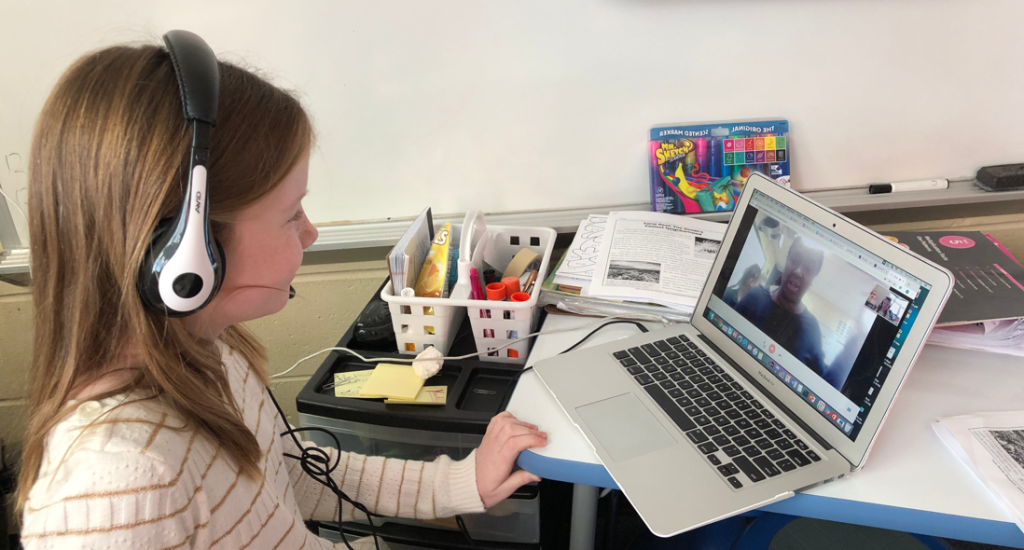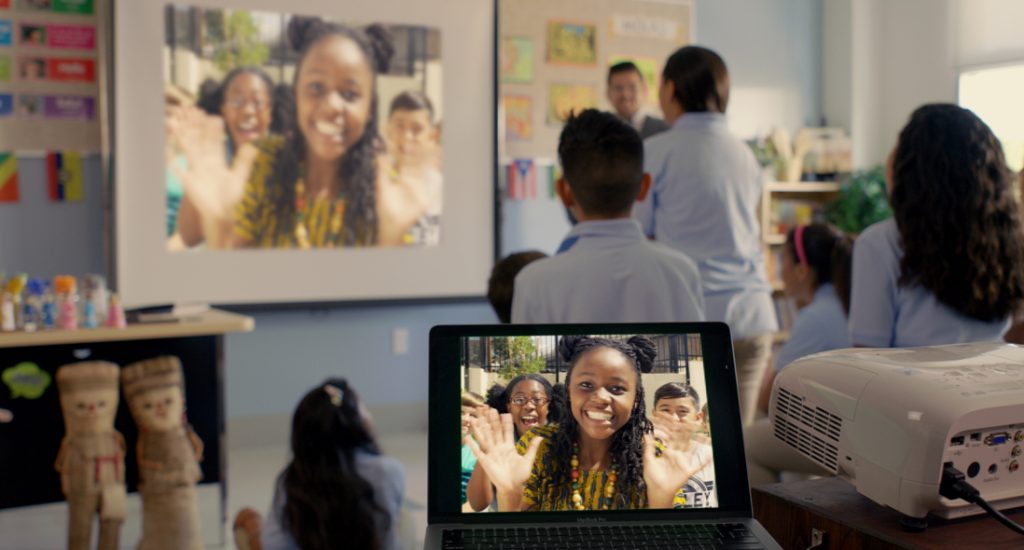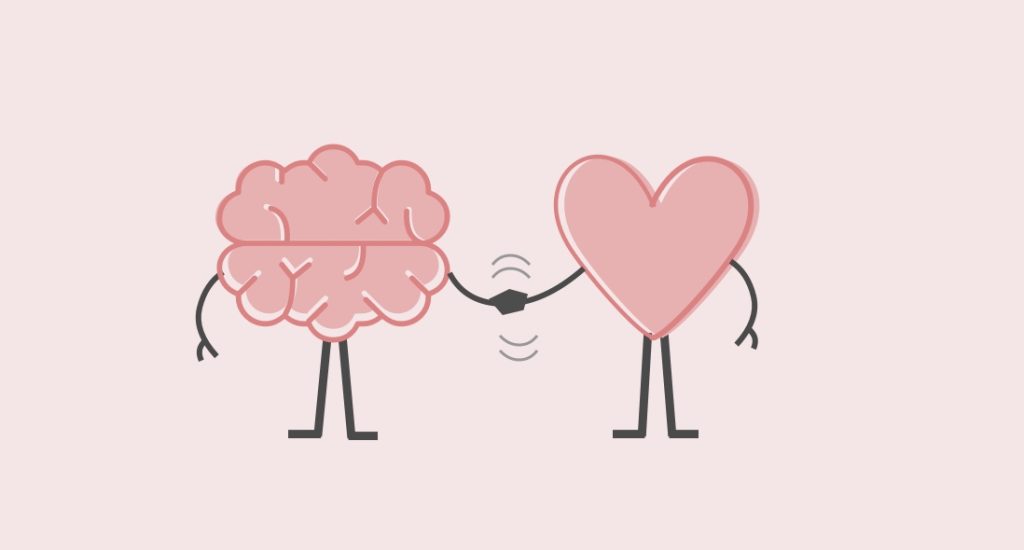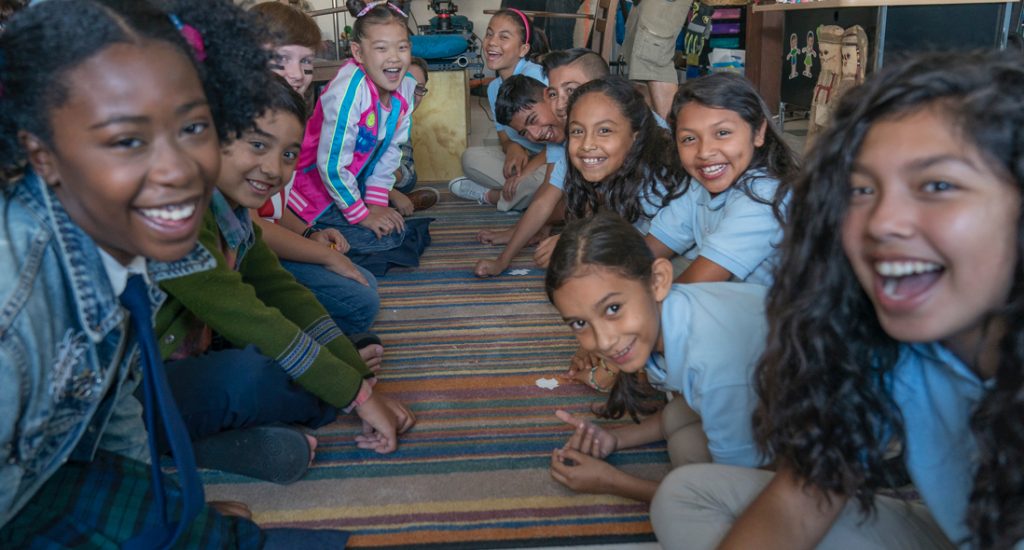The chaos of the morning begins.
It’s 8:30. Students are arriving and beginning to unpack. As I’m walking around the room checking on students, making sure agendas are filled in and lunch count is taken, students are swarming me like flies with questions. The one question I hear over and over again is, “Are we going to talk with our Memphis friends today?”
I need coffee!
I’m sure many of you can relate to this scene. However, I love that my students are excited about talking with their new friends and interested in learning together. With so much technology at our fingertips and so many options available for digital communication, my students have now extended their learning and their friendships beyond the classroom.
As the students settle down and come to the morning circle, I tell them that we will be talking with our Memphis friends, and they roar, “Yeah!” followed by, “What time?”
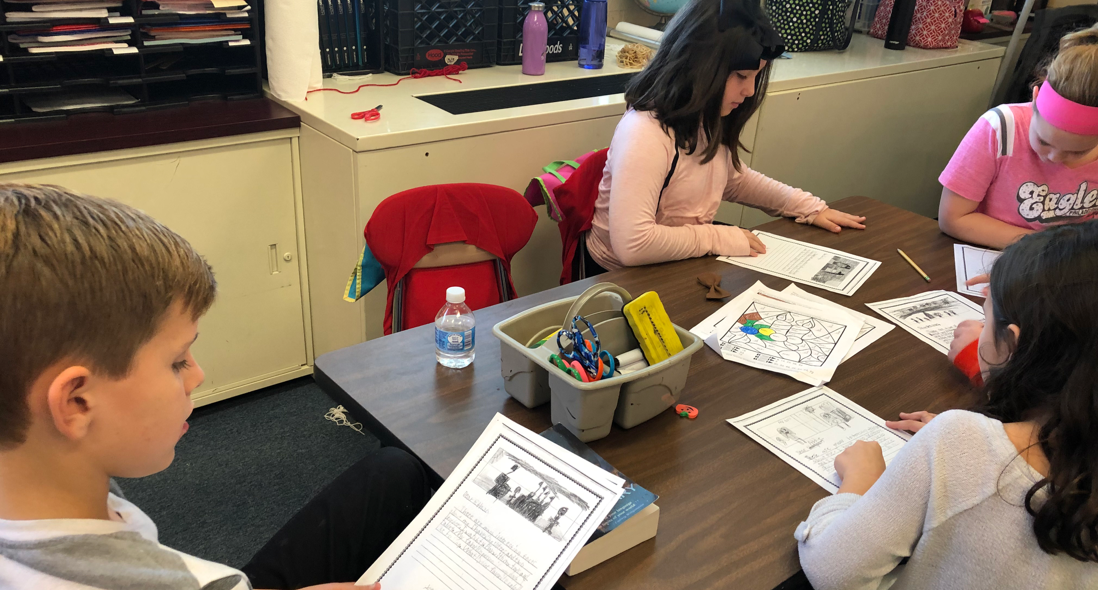
Old vs. new
As teachers, we know the importance of writing and how difficult a task it is for our students. We also know how excited our students get when we tell them to break out the Chromebooks. Is there a way to have the best of both worlds? I think so.
My students enjoy seeing and talking with their friends digitally, but their keen interest in connecting with their peers also motivates them to put pencil to paper and write letters as well. And they are overjoyed when they receive a message in return!
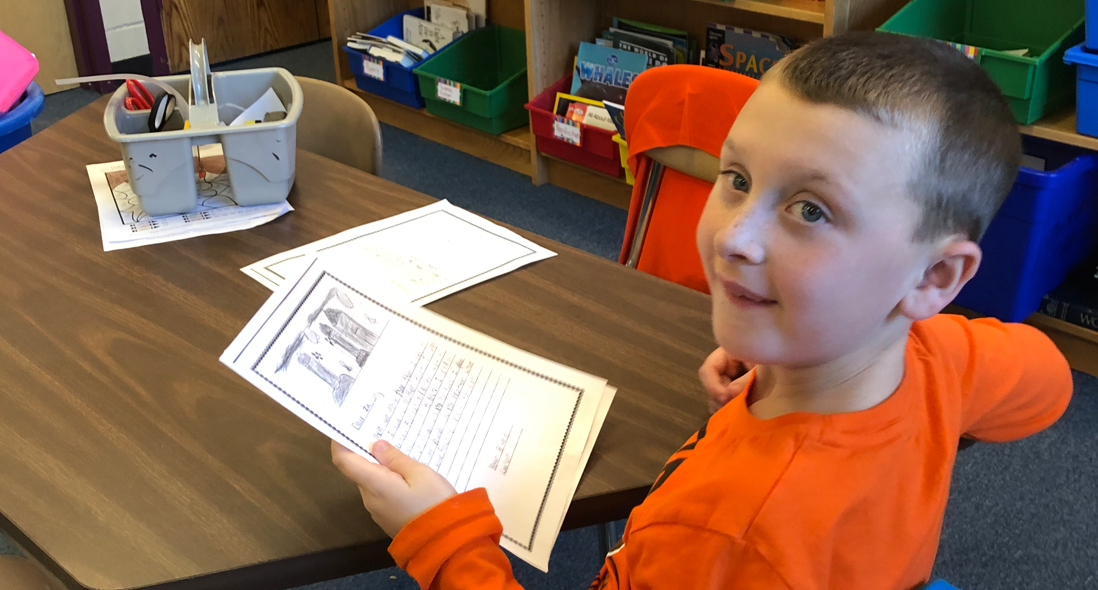
Some of my students’ parents say that writing is a lost art form and talk about how their children immediately turn to technology for all things. It’s true that our students are growing up in a digital age, and it’s our job to prepare them for the world ahead. However, technology is not replacing the old-fashioned pen and paper, but rather allowing us to enhance this skill and take it to new levels. Now even my most reluctant writers are inspired.
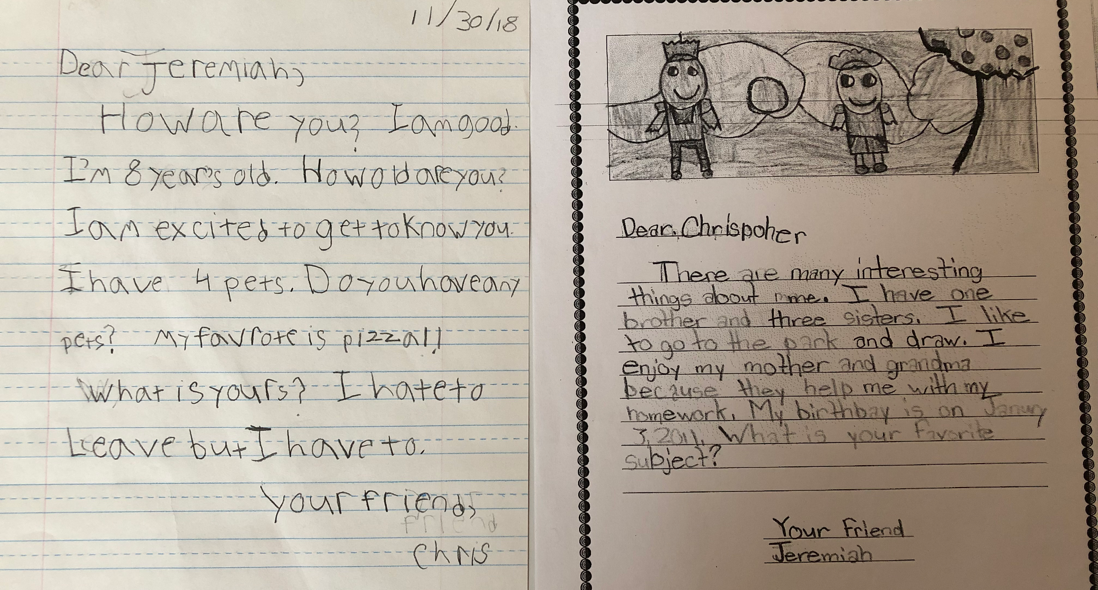
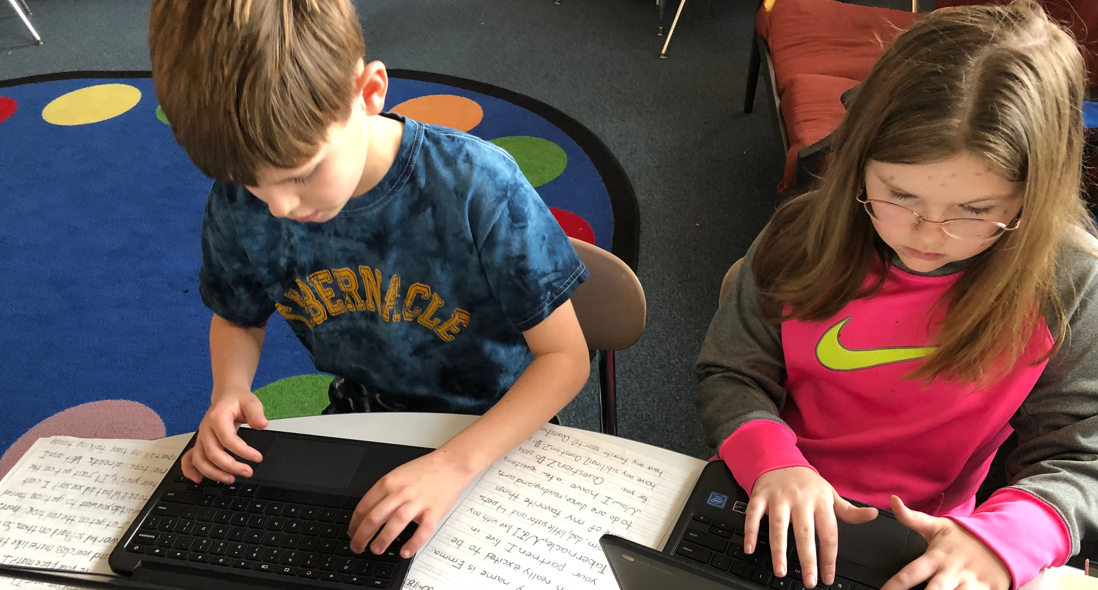
The benefits of digital connections through virtual exchange
For the past two years, I’ve been using a fantastic platform called Empatico. This free platform offers my students the opportunity to connect with other classes around the country and the world. They’ve talked to students in Tennessee, Italy, and Ireland. Suddenly, my students’ world has grown by leaps and bounds—far beyond the small rural town in which they live.
Virtual exchange changes the idea of “pen pal” to “pal”, and the relationships built through this type of digital communication are deeper and more meaningful.

“Hi, Emma! How are you? What’s your favorite color? Mine is pink. Do you have any pets? I don’t, but I wish I did.”
In this new age of digital connection, students now video chat with their friends. They get to share their day, ask and answer questions about each other, and even share exciting news. Every connection is a meaningful conversation that deepens students’ understanding of each other.
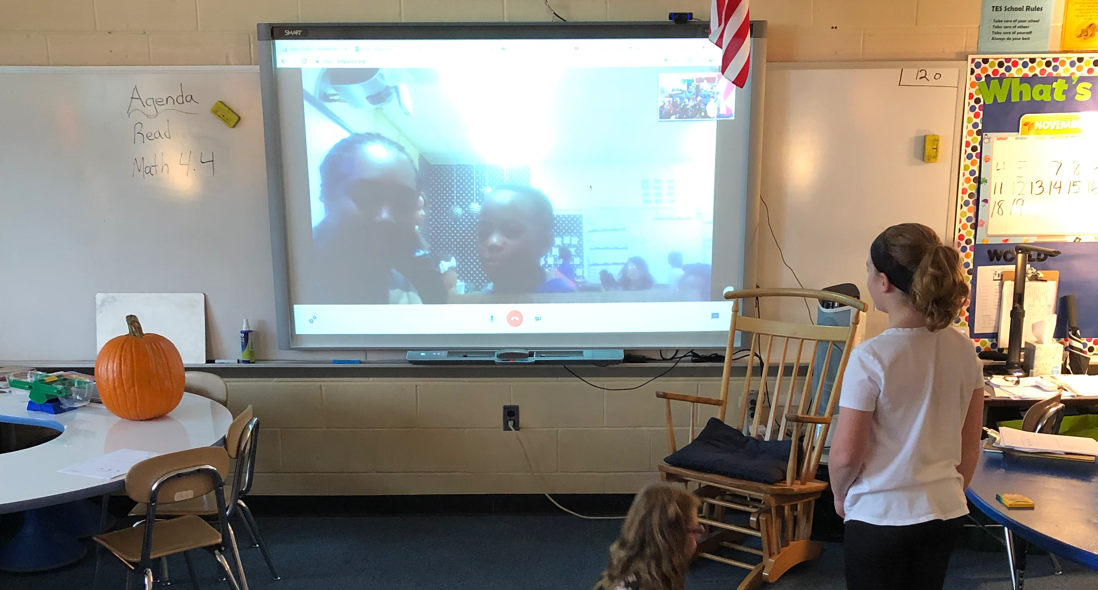
Last year, I had one student who was tremendously impacted by a book we read and discussed in class, Ruby Bridges Goes To School, by Ruby Bridges. She made the connection between Ruby and her new friend in Memphis. At home, she had a conversation with her mother:
“Why did we have segregation?” I don’t like all the hate in the world. Regardless of skin color, people have things in common with you, and you can become friends.”
This is the moment I knew that what I was hoping for was happening – my students were now directing their own learning. Their curiosity was sparked!
New friends
We now call our pals in Memphis friends. Friends offer support, they encourage each other, they care about one another, and they share. Our students have done all of those things and more this year.
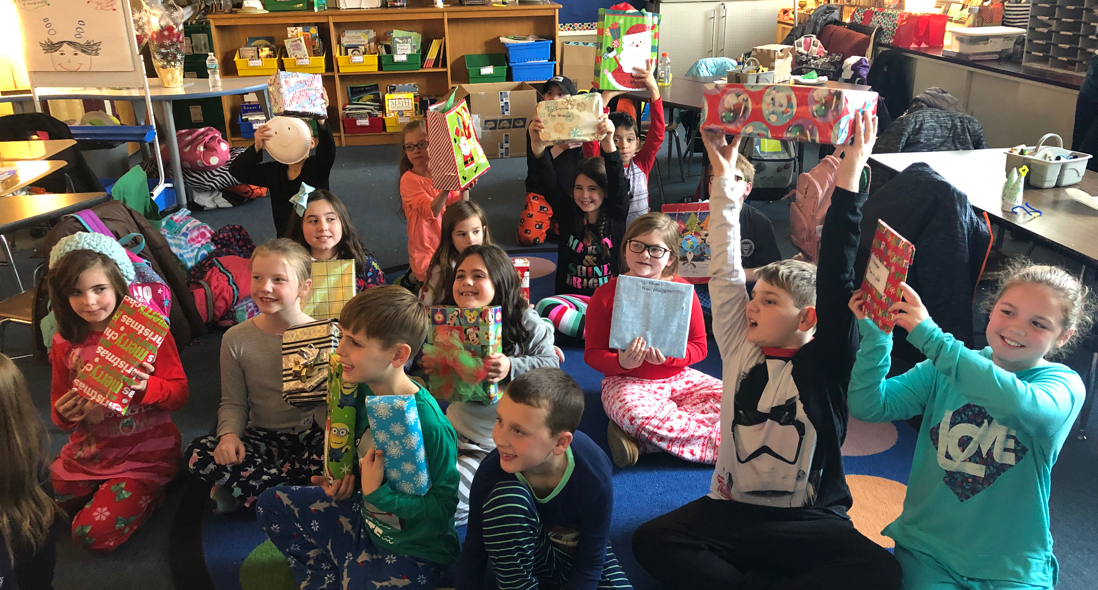

We shared the holidays by sending gifts to each other through “Cultural Exchange Boxes”. We’ve sent Jersey Shore sand to our friends who have never been to the ocean, and together we offered support and encouragement to a student who took a risk and presented her poem to our entire class.
We stood together to make a change in our world, shared learning experiences, discussed books, and even had the Director of the Civil Rights Museum conduct a joint presentation.
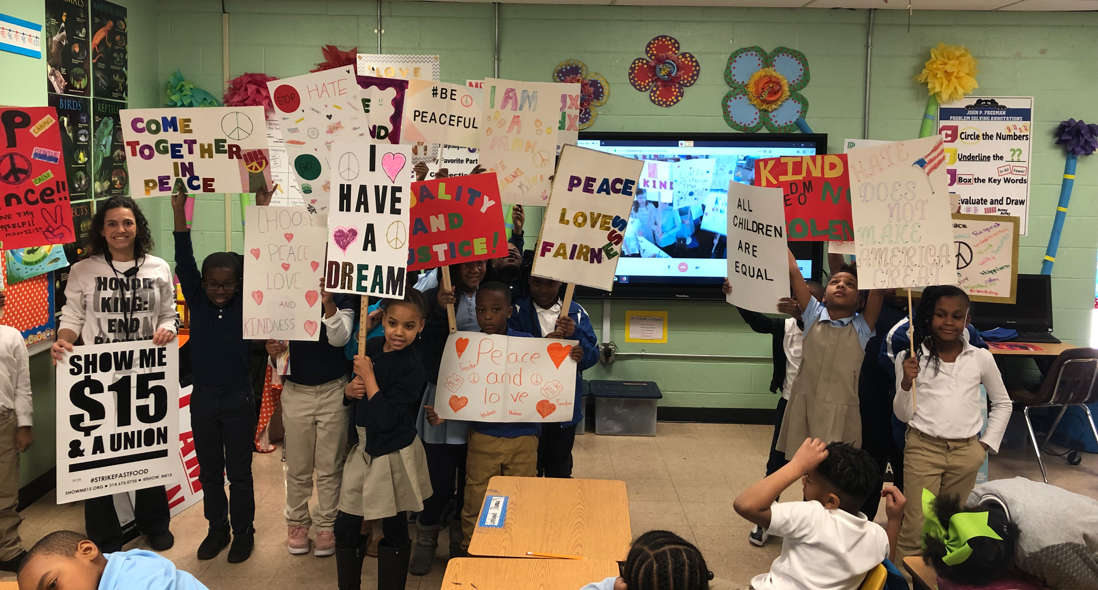
It’s the end of the day and students are packing up. A student comes over to me in the middle of the chaos and says, “I really liked talking with Jeremiah today.” That simple statement makes my heart happy because I know how important and impactful it is to teach beyond the walls of my classroom and give students these authentic intercultural experiences.
Make the change
Some teachers may wonder, how am I going to fit this in with everything else I have to do? The more you connect with your partner class, the more you realize how easily you can incorporate these digital connections into so many lessons you already do.
In second grade we teach how to write a friendly letter, so students wrote to their friends in Memphis. The authenticity of the lesson made the students more willing to write and the learning more meaningful.
In third grade, both classes read a book together and were able to have a virtual book discussion about the reading. Students shared the connections they made (text-to-self and text-to-text) and discussed the theme of the story.
Teachers are creative. We’re always looking for new ways to improve our lessons, expand our students’ learning, and make learning more enjoyable. Virtual exchange platforms, like Empatico, help us do all this and more. Students aren’t just going through lessons, they’re learning about the world around them and the impact they have on it. They’re working with other students who are different from them. These positive experiences are sparking their curiosity and sharpening their problem-solving skills, which will help shape their perspectives of the world in which they live.
So, I challenge you to take the first step in changing your mindset by revisiting what it means to be a “pen pal” in today’s digital world and signing up to work with a partner class through Empatico. I know that taking a risk can be scary, I’ve been there. However, we ask our students to take chances every day. We have to model what we preach. “It’s not supposed to be easy—it’s supposed to be worth it.” (Dave Burgess, Teach Like A Pirate)
